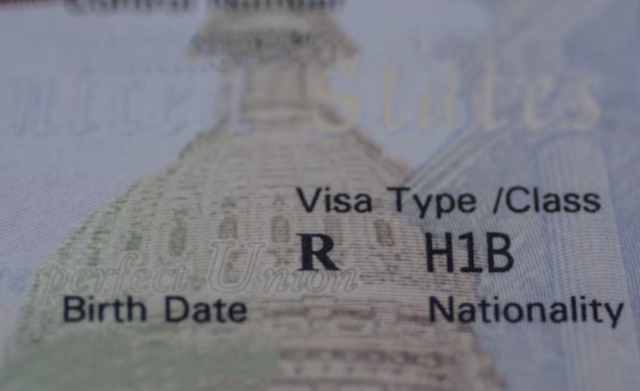H-1B Homebuyers Are Changing Your Market
When we talk about what’s driving U.S. housing prices, most people think of mortgage rates, construction shortages, or Wall Street buying houses. But there’s another factor that rarely makes the headlines: H-1B visa holders and other foreign workers.
According to the National Association of REALTORS®, Indian nationals, many of whom work in tech and are on H-1B visas, purchased about 4,700 homes in 2024–25, spending roughly $2.2 billion. That’s around 6% of all foreign home purchases. While that may sound like a small share of the overall market, the demand is concentrated in a handful of job hubs, and that concentration can move prices.

Where H-1B Demand Is Felt the Most
H-1B visa holders aren’t spread evenly across the country. They tend to cluster in places with strong job growth and tech or research ecosystems. The Bay Area and Seattle remain top destinations thanks to big tech, but demand is also surging in Austin and Dallas, Phoenix and Chandler, and Raleigh-Durham as new semiconductor plants, biotech firms, and IT campuses open.
In these metros, every additional wave of qualified buyers competing for limited inventory can tilt the market. It’s not uncommon for these buyers to have strong credit, sizable savings, and, in some cases, cash offers. That extra demand supports prices, even when the broader market is softening.
What It Means for Prices and Affordability
The presence of high-income visa workers can create two parallel housing markets. On one side, you have local first-time buyers and middle-class families already stretched thin by high prices and mortgage rates. On the other, you have well-paid tech professionals, some with dual incomes, who are willing and able to compete for homes near job centers.
The result? More bidding wars for desirable homes, firmer pricing even during downturns, and upward pressure on entry-level housing. This dynamic frustrates some buyers but is an important signal for investors. Where demand is persistent, property values tend to hold up.
Rental Market Impact
Not every visa holder buys a home immediately. Many rent for several years before committing to ownership. They often prefer newer, well-located Class A apartments with good amenities. This creates a steady pipeline of reliable tenants in markets with high H-1B concentrations.
For landlords, this can mean lower vacancy rates, longer lease terms, and an opportunity to push rents. Investors looking for multifamily or build-to-rent opportunities should pay attention to where these tenant pools are growing.
What Investors Should Do
For investors, H-1B visa demand is both a challenge and an opportunity. It makes acquisitions harder in certain markets because prices stay elevated, but it also signals long-term rental and resale demand. If you buy in markets with consistent job growth and visa sponsorships, you’re more likely to see stable rent growth and property appreciation over time.
My Perspective: “Follow the demand. If you see a steady inflow of high-earning visa workers, that’s a sign the local economy is growing. Just be disciplined — buy based on cash flow and not speculation.”
Takeaway
Demographics drive real estate. H-1B visa holders represent a high-income, high-demand demographic that is quietly reshaping certain U.S. housing markets. Investors who understand where this demand is headed, and who position themselves with conservative underwriting and a focus on cash flow, stand to benefit from the steady stream of renters and future buyers that this group represents.



